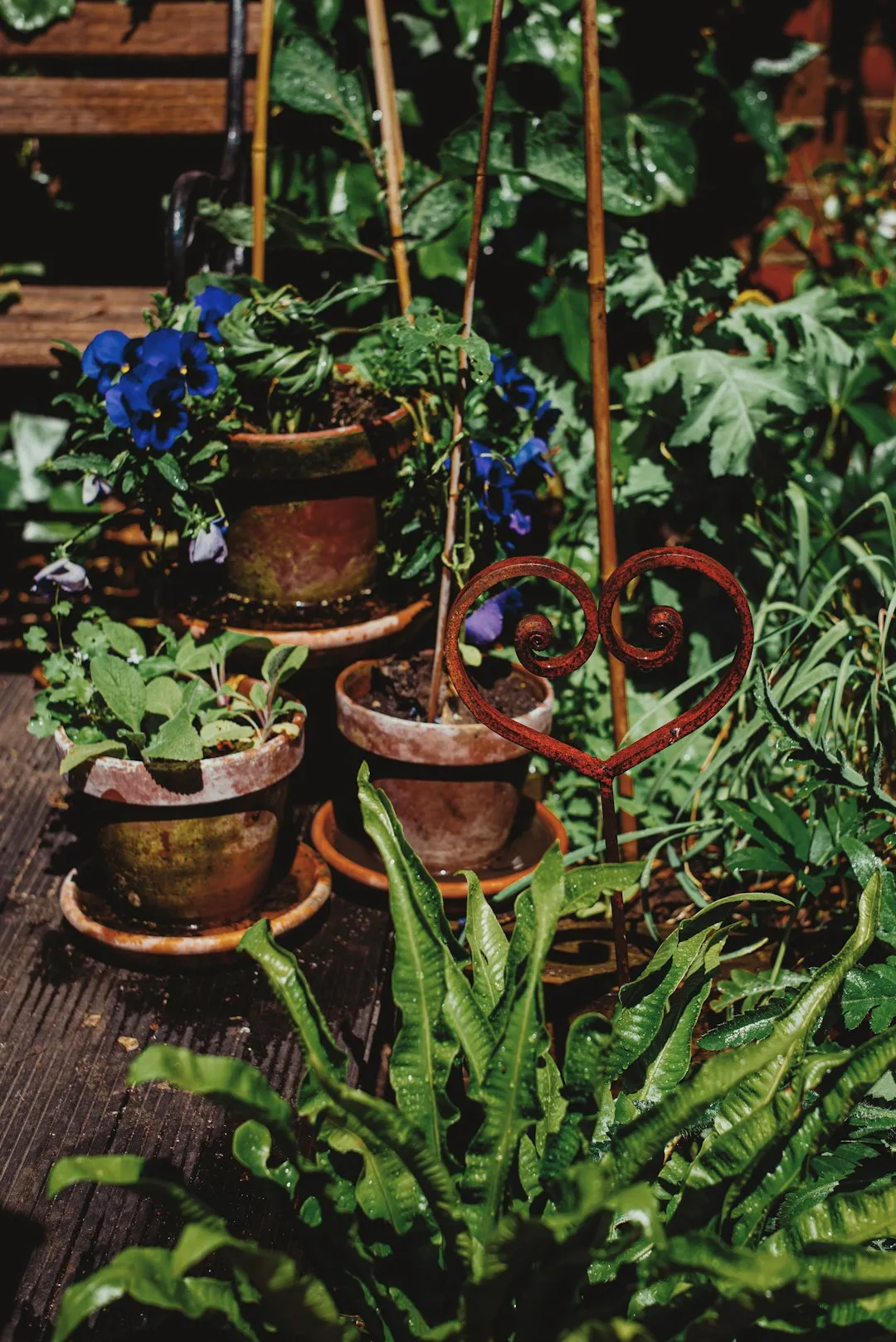The Winter Charm of Moth Orchids in Your Home

In the midst of the cold and dreary winter months, when the outdoors is often barren and color - less, there is a wonderful way to bring a touch of beauty and life into your home: moth orchids. These exquisite houseplants are not only a sight to behold but also a joy to cultivate, especially for those new to the world of orchid growing.
Moth orchids, scientifically known as Phalaenopsis, are renowned for their long - lasting blossoms. Unlike many other flowers that may wither away in a matter of days, the blooms of moth orchids can grace your living space for weeks, or even months. Picture a cluster of delicate, butterfly - like flowers in various shades of white, pink, purple, and yellow, gently swaying in the soft indoor breeze. Each flower has a unique shape and pattern, adding to their allure.
One of the most appealing aspects of moth orchids is their ease of growth. They are among the easiest orchids to care for in a home environment. First and foremost, they have relatively modest light requirements. Unlike some plants that demand direct sunlight, moth orchids thrive in bright, indirect light. A north - facing window or a spot a few feet away from an east - or west - facing window is ideal. This makes them suitable for a wide range of living spaces, whether you have a small apartment or a large house.
When it comes to watering, moth orchids are not overly demanding either. Overwatering is a common mistake that can lead to root rot, but with moth orchids, a simple rule of thumb can be followed. Water them when the potting medium is almost dry. A good way to check is by inserting your finger about an inch into the medium. If it feels dry, it's time to water. It's also important to use water that is at room temperature to avoid shocking the plant.
The choice of potting medium is crucial for the health of moth orchids. They prefer a well - draining medium, such as bark chips or sphagnum moss. These materials allow air to circulate around the roots and prevent water from pooling, which can be detrimental to the plant. Repotting should be done every one to two years, preferably after the orchid has finished blooming. This gives the plant fresh nutrients and space to grow.
Another benefit of having moth orchids in your home is their ability to purify the air. They can remove harmful toxins such as formaldehyde and xylene from the indoor environment, making your home a healthier place to live. In addition, the presence of these beautiful plants can have a positive impact on your mental well - being. Studies have shown that being around plants can reduce stress, improve mood, and increase productivity.
To encourage your moth orchid to bloom again, you can provide it with a slight temperature drop at night. A difference of about 10 degrees Fahrenheit between day and night temperatures can trigger the formation of flower buds. Once the buds appear, continue to provide the same care as before, and soon you'll be rewarded with another round of stunning blossoms.
In conclusion, moth orchids are a perfect addition to any home during the winter months. Their long - lasting beauty, ease of care, air - purifying properties, and positive impact on mental health make them a must - have houseplant. So, why not bring a touch of the tropics into your home this winter with a lovely moth orchid?